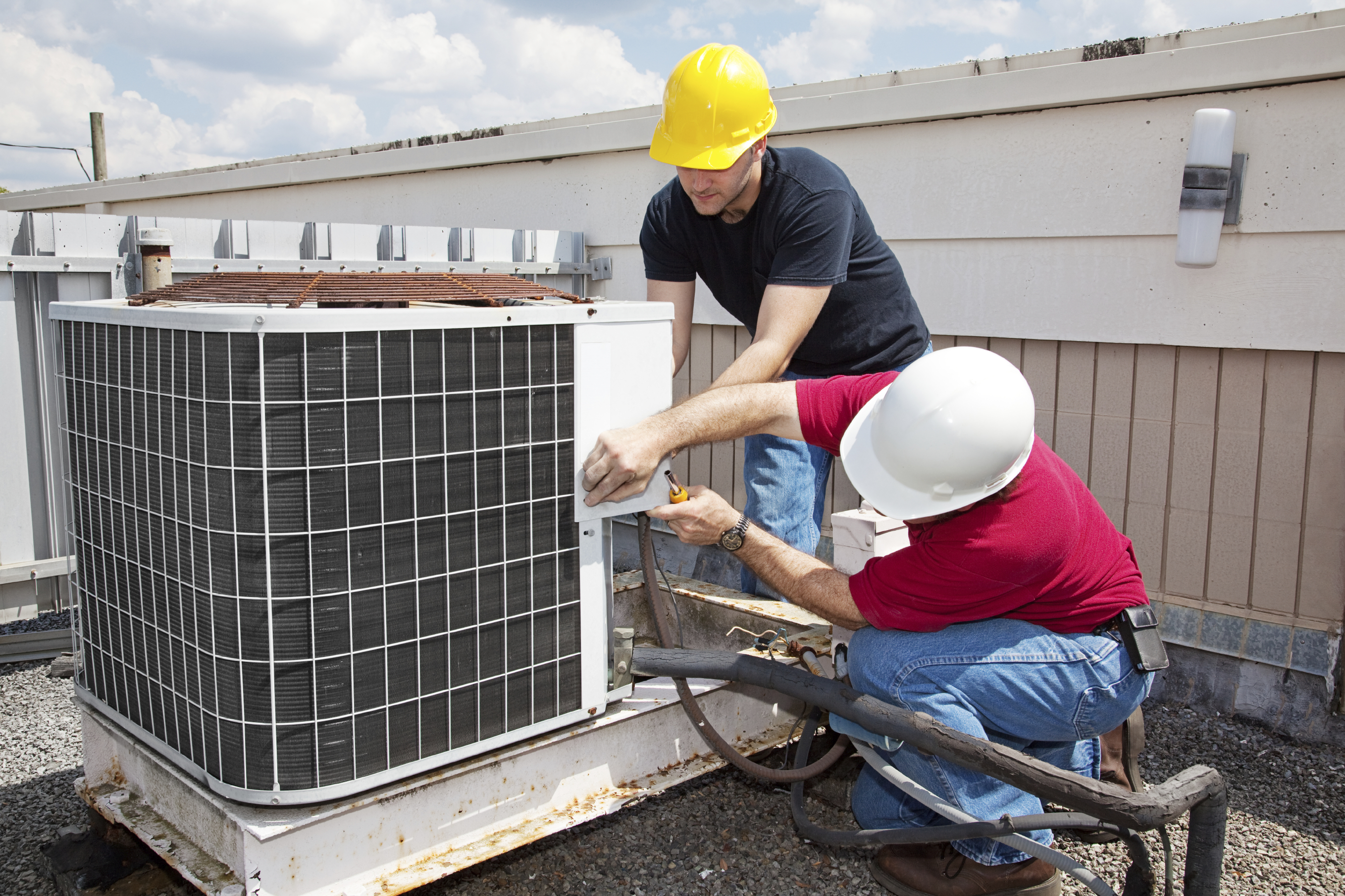Within our ever-evolving world, finding ways to enhance comfort and efficiency in our homes has become a priority. One emerging solution gaining traction is the smart thermostat, a key player in the future of temperature control. While we look at the broader scope of heating, ventilation, and air conditioning — commonly known as HVAC — the integration of technology offers innovative ways to manage the indoor environments more effectively.
For those unfamiliar with the term, HVAC encompasses the systems responsible for heating and cooling our spaces, ensuring that we remain comfortable regardless of the season. In this article, we will explore the ins and outs of HVAC systems, ranging from understanding their basic functions to tackling common issues and maintenance needs. As smart thermostats leading the charge, we’ll also discuss how such devices not only optimize energy consumption but also revolutionize how we interact with our home environments. If you're a homeowner looking to improve efficiency or simply curious about modern advancements, this guide will provide valuable insights into the future of temperature control.
Grasping HVAC Systems
HVAC stands for heating, ventilation & air conditioning. It serves to manage the temperature, humidity, and air quality within home and business environments. Grasping how these systems operate is essential for ensuring comfort and efficiency in any environment. content by using a blend of mechanical and electrical components to provide optimal heating and cooling, making them indispensable in modern construction.
Warmth is commonly achieved through different techniques such as heat sources like furnaces, boilers, and heat pumps. These units work by distributing warm air or water through the building, modifying the temperature based on thermostat settings. On the other hand, air conditioning units or central air systems take in warm indoor air, chill it, and then return it into the environment. best site is essential, as it assists get rid of stale air and introduces fresh outdoor air, boosting indoor air quality.
Each component of an HVAC system has an important function in maintaining a comfortable atmosphere. Filters, ductwork, and thermostats contribute to the efficient operation of the heating and cooling system. Regular maintenance is essential to ensure seamless operation, prevent common issues, and extend the lifespan of the equipment. Understanding these basics arms homeowners and building managers with the insight to make educated decisions about their HVAC requirements.
Intelligent Temperature Controllers and Energy Efficiency
Intelligent thermostats play a key role in boosting the power efficiency of HVAC units. By analyzing your daily routines and choices, these devices can enhance heating and cooling schedules, ensuring that your home remains cozy without excessive energy consumption. For example, during times when you are not home, a smart thermostat can automatically change the heat to conserve energy, minimizing unnecessary heating or cooling.
Furthermore, many smart thermostats allow homeowners to monitor their power usage in real time, providing information into how and when energy is used. This data can enable users to make wise decisions about their HVAC units, such as modifying settings or even scheduling maintenance when performance decreases. As a result, homeowners can not only reduce their power expenses but also contribute to a more sustainable environment by reducing their carbon impact.
A further notable feature of intelligent temperature controllers is their connection with additional smart home technologies. For example, they can interact with automated blinds or window sensors to adjust indoor temperatures based on external weather conditions. This collaboration can result in even greater energy conservation, as the HVAC system is more responsive to both indoor and outdoor conditions. By making thoughtful decisions and utilizing innovation, homeowners can considerably enhance the power efficiency of their HVAC units.
Typical HVAC Issues and Resolutions
One of the most common issues experienced by HVAC systems is inadequate cooling or heating. This can be due by different factors such as clogged air filters, blocked ductwork, or refrigerant leaks. Regularly replacing air filters and making sure that vents are not obstructed can greatly improve airflow. If these basic measures do not fix the problem, it may be essential to call a technician to inspect for refrigerant levels and duct system integrity.
Another typical problem is odd noises coming from the system, which can suggest a malfunction. Rattling, banging, or squeaking sounds frequently suggest loose components, debris in the fan, or defective parts. It's important to address these noises quickly to avoid more damage. Regular maintenance, including inspections and tune-ups, can help discover such issues in advance and reduce repair costs.
Finally, poor indoor air quality frequently arises from an inefficient HVAC system. Symptoms may include increased allergies, dust accumulation, and unpleasant odors. Upgrading air filters, using air purifiers, and providing proper ventilation can lessen these issues. Additionally, implementing smart thermostats can enhance air quality by optimizing circulation patterns and reducing humidity levels, resulting in a healthier living environment.

